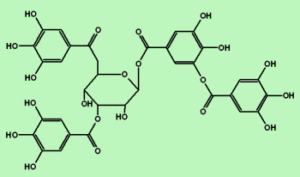 My experience pouring in the wine corner for the Formaggio Kitchen clientele two nights each week has convinced me that there is no experience casual wine drinkers struggle to describe quite so much as what one might call the bitterness-astringency-tannin-texture constellation.
My experience pouring in the wine corner for the Formaggio Kitchen clientele two nights each week has convinced me that there is no experience casual wine drinkers struggle to describe quite so much as what one might call the bitterness-astringency-tannin-texture constellation.
If I were feeling bold, I’d venture to say that for very many of our customers the way wine feels is even more important than the way it tastes – although they might not be able to articulate this for themselves. So, with a view to helping our Formaggio staff communicate more helpfully with our customers, I recently provided them with this sketch of how I think about, and distinguish, each of these elements.
Bitterness is with sweet, sour, and salty one of four tastes that our tongue is able to sense and identify. You can add a a fifth, umami, to this roster, if you are so inclined. You are getting bitterness in wine if you taste something that reminds you of citrus pith or the kind of green vegetables that are often provided to add counterpoint to a too-sweet or too-rich dish (broccoli rabe, Brussels sprouts). You are likely to taste bitterness when chewing the stems or leaves of plants. Bitterness is to be distinguished from . . .
Astringency, which is the sensation (it’s not a taste) that your saliva has been vacuumed up and your mucous membranes drained of lubrication. It’s the opposite of the slippery, moistening effect many wines are designed to provide. When the effect is moderate, I call the sensation ‘grip.’ Astringent wines are often described as dry or drying and may remind you of the effect produced by oversteeped tea. I call wines that lack the quality ‘wet.’ Astringency is distinguished from . . .
Tannin, which is an actual physical component of wine – a common plant-derived chemical compound (an acid) that is responsible both for astringency and the sense that the surface of the wine is not uniform and featureless. On the contrary it has a topography – ups and downs that combine to produce tactile interest. The main source of tannin in wine is the grape itself (skins and stems are the main source – so it matters whether these are present during fermentation), but they may also be contributed to wine by contact with wood, particularly the fresh wood of oak (or chestnut or redwood) barrels. Tannin is to be distinguished from . . .
Texture, whose etymology suggests something woven, refers, like astringency, to a sensation. But while astringency is always drying (even if pleasantly so) the texture of a wine can be anything from featureless (almost completely smooth) to feature-rich (fine-grained, nubby, raspy), When I talk about texture with our clientele I’m likely to make a textile analogy along these lines: some wines are a silk hanky; some a cotton shirt; some a cashmere scarf; some a Harris Tweed jacket. These analogies seem to be universally understood.
Stephen Meuse can be reached at stephenmeuse@icloud.com